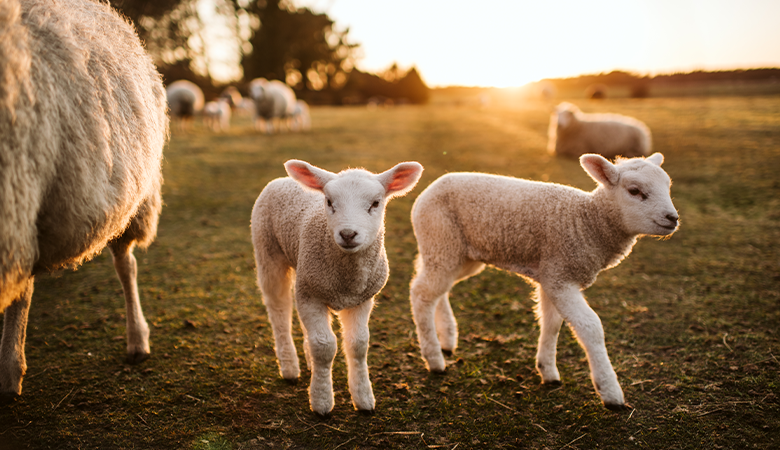Lambing season: what should you pay attention to when caring for ewes and does?
Written by Mara |
Lambing season is one of the most beautiful times of the year. The first rays of sunshine, curious lambs in the meadow and new life on the farm make this period especially meaningful. But for sheep and goat keepers, it is also an intensive time full of responsibility. The lambing period requires alertness, care and sometimes obstetric assistance. In this blog, you will read everything about the gestation period of sheep and goats, what you should pay attention to with newborn lambs, the role of vaccinations, when you should intervene as a caretaker and how you can enjoy watching lambs as a visitor while respecting both animals and the farmer.

How long is a sheep or goat pregnant?
A sheep or goat is pregnant for an average of 150 days, which equals roughly five months. Most births take place between February and April, although indoor housed animals may give birth as early as January. This period is known as the lambing season.
With dairy goats, gestation is often carefully planned so that milk production can be efficiently combined with the birth of the lambs.




